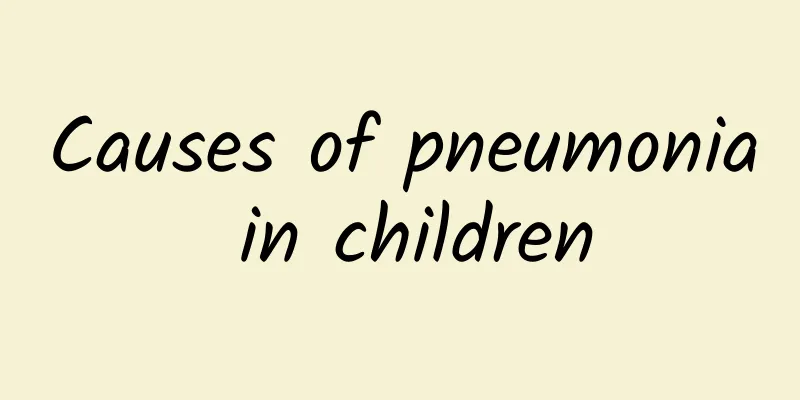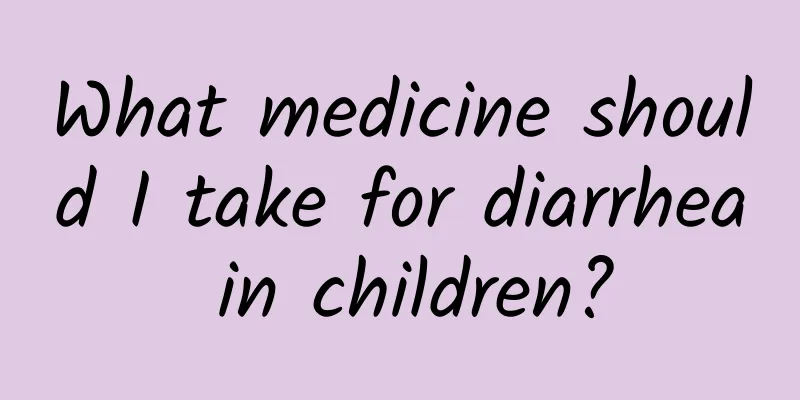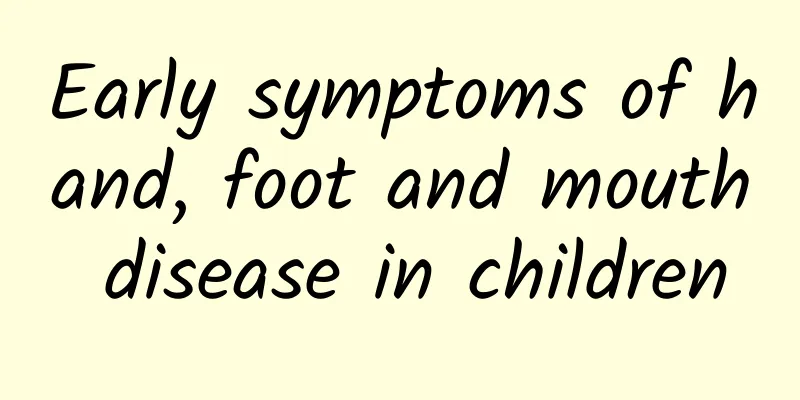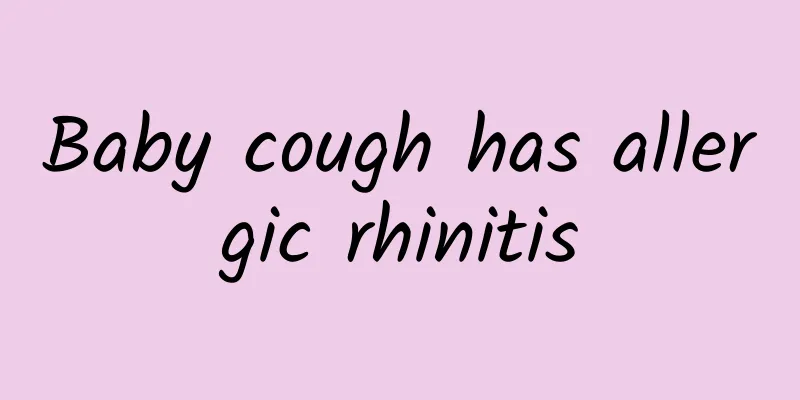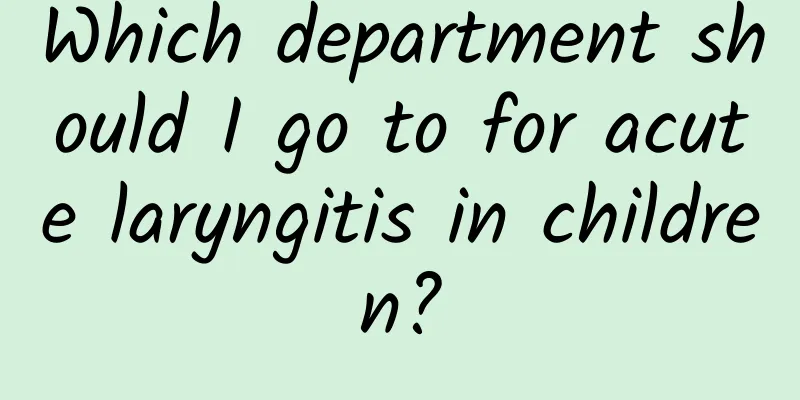What should I do if my fever exceeds 38 degrees due to hand, foot and mouth disease? How to prevent hand, foot and mouth disease
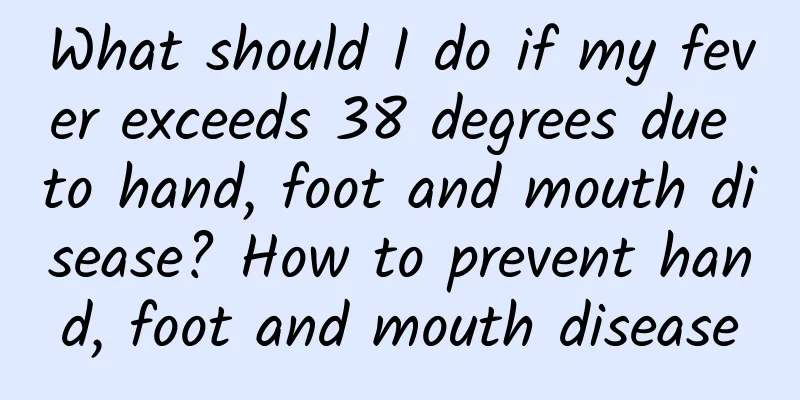
|
Hand, foot and mouth disease is a disease with a very high incidence in recent years, and the high-risk population is mainly concentrated in children. With the arrival of autumn, many children are prone to hand, foot and mouth disease due to poor immunity. Hand, foot and mouth disease is contagious, and there are more than 20 types of viruses that cause the disease, and the recurrence rate is relatively high. So what should I do if I have a fever due to hand, foot and mouth disease? 1. Characteristics of hand, foot and mouth disease fever The fever of hand, foot and mouth disease is generally not high, mostly around 38 degrees. Fever is usually the first symptom of hand, foot and mouth disease, 1-2 days earlier than the rash, and is accompanied by mild flu symptoms, such as cough, runny nose, vomiting, etc. In the absence of complications, the fever can last for 4-5 days. Children with severe complications may have a sudden high fever, which should be taken seriously. 2. What to do if you have a fever due to hand, foot and mouth disease Fever below 38.5 degrees Babies with hand, foot and mouth disease whose body temperature is between 37.5℃ and 38.5℃ do not need to take special antipyretic drugs. While correctly treating hand, foot and mouth disease, physical antipyretic methods can be used as an auxiliary. Because appropriate fever is beneficial for babies to resist the invasion of viruses. During this period, pay attention to giving babies more water and eating more fresh vegetables and fruits. 3. Fever above 38.5 degrees If the baby's body temperature rises above 38.5 degrees, or the baby shows signs of mental dysfunction, persistent high fever, muscle tremors, rapid breathing, vomiting, etc., it indicates that the condition is serious and requires medical treatment as soon as possible. Under the doctor's guidance, use antipyretic drugs correctly to help the baby reduce the fever. Do not delay. 4. Hand, foot and mouth disease fever, drink more fluids Because fever can cause a large amount of water loss in the body, babies are prone to dehydration and electrolyte disorders, and need proper water and nutrition. Therefore, during the period of hand, foot and mouth disease, babies should pay attention to fluid replenishment and drink more water. You can judge whether the baby is dehydrated by observing whether the eye sockets and fontanelles are sunken and whether the lips are dry. 5. Physical methods to reduce fever for babies Take a warm bath to cool down Bathing can help dissipate heat. If your baby is in good spirits when he has a fever, you can take more baths and adjust the water temperature to around 37 degrees. Through the evaporation of water, the heat in the baby's body can be dissipated, helping to cool down babies with low fever due to hand, foot and mouth disease. 6. Alcohol bath Alcohol can dilate blood vessels and take away a lot of heat when evaporating. Prepare 100 ml of 75% alcohol and add an appropriate amount of warm water to keep the temperature at around 27-37 degrees Celsius. Rub the axilla and groin areas with rich blood vessels until the skin turns slightly red, which is conducive to cooling. Be careful not to rub the baby's chest, abdomen, and soles of the feet to avoid adverse reactions. 7. Preventive measures 1. Wash your hands before meals and after defecation. This is the most basic daily hygiene requirement. Wash your hands after going out. Do not just rinse with water. Use soap or hand sanitizer to achieve the effect of sterilization. Do not let children drink unboiled water or eat raw or cold food. Avoid contact with sick children to prevent infection. 2. Parents should also wash their hands with soap or hand sanitizer when they come into contact with children or help them change diapers or deal with feces. Feces and other waste should be handled properly and not thrown away at will. 3. Items used by infants and young children, such as pacifiers and bottles, must be strictly cleaned and disinfected before and after use to prevent the attachment of germs. 4. During the epidemic period of hand, foot and mouth disease, do not take children to places with dense populations and poor air circulation, because these places are easy to gather germs. In addition, you should maintain good indoor hygiene, keep the home environment clean, pay attention to indoor ventilation, and wash and dry clothes and quilts frequently. 5. Children’s toys, personal tableware and cleaning tools should be cleaned and disinfected every day to avoid the breeding of germs. 6. When children show suspected symptoms of hand, foot and mouth disease, they should be taken to the hospital for diagnosis and treatment immediately, and they should not be allowed to contact other people for the time being. Their clothes and used items should be disinfected. If the symptoms are mild, they do not need to be hospitalized, and it is more appropriate for them to be treated and rest at home. |
<<: What are some tips for preventing diarrhea in children? How to treat diarrhea in children?
>>: Early symptoms of hand, foot and mouth disease Early symptoms of hand, foot and mouth disease
Recommend
How to treat neonatal hemolytic jaundice
The treatment of neonatal hemolytic jaundice requ...
How to identify herpetic pharyngitis and hand, foot and mouth disease
Herpetic pharyngitis and hand, foot and mouth dis...
How to treat recurrent fever in children with pneumonia
Children with pneumonia and recurrent fever need ...
What are the causes of tics in children? Four major causes of tics in children need to be vigilant
The healthy growth of children is the most concer...
What is the order of subcutaneous fat reduction in malnourished children?
Children are very important to every family. Once...
What are the causes of children's cough? What are the causes of children's cough?
Cough is a symptom of respiratory diseases, among...
How to prevent neonatal eczema 4 important measures to prevent neonatal eczema
Neonatal eczema is an allergic skin disease that ...
What tests are needed for patent ductus arteriosus
What tests are needed for patent ductus arteriosu...
How to treat a child with a severe cough How to treat a child with a severe cough
If you find that your baby has a severe cough, yo...
What is the cause of high jaundice in babies and how to treat it
High jaundice in infants is usually caused by abn...
What are the Chinese medicines for treating children's colds?
Traditional Chinese medicine for treating childre...
What to do if your three-month-old baby coughs
Infants and young children are inherently fragile...
Daily care for acute laryngitis in children
Acute laryngitis in children is one of the common...
What should you pay attention to when your child has a viral cold? 9 things to pay attention to when your child has a viral cold
Viral colds include: common cold, influenza and v...
What are the symptoms of systemic organ failure?
Global organ failure. It sounds like all of your ...
